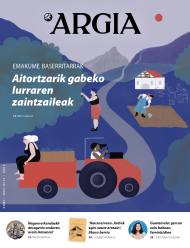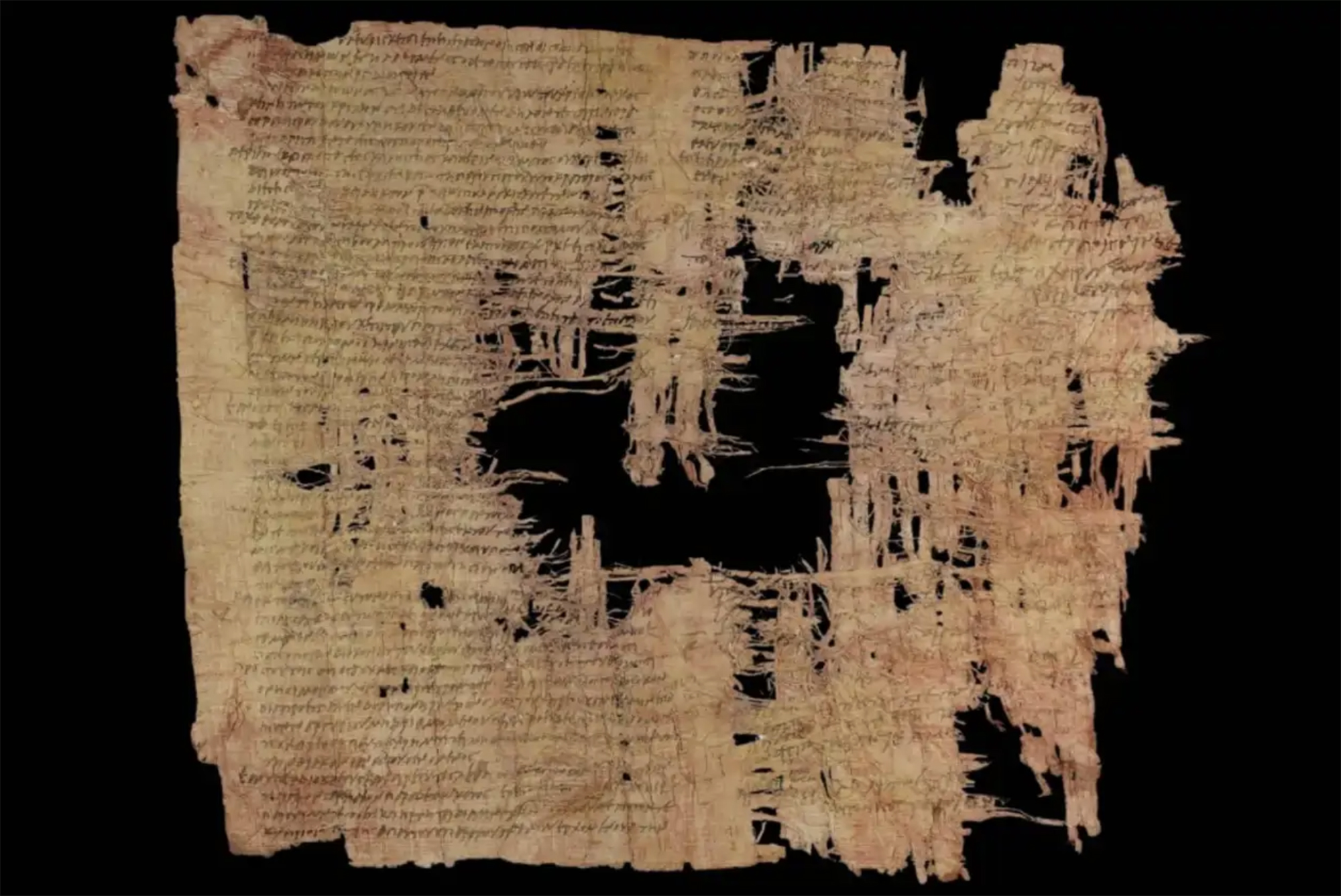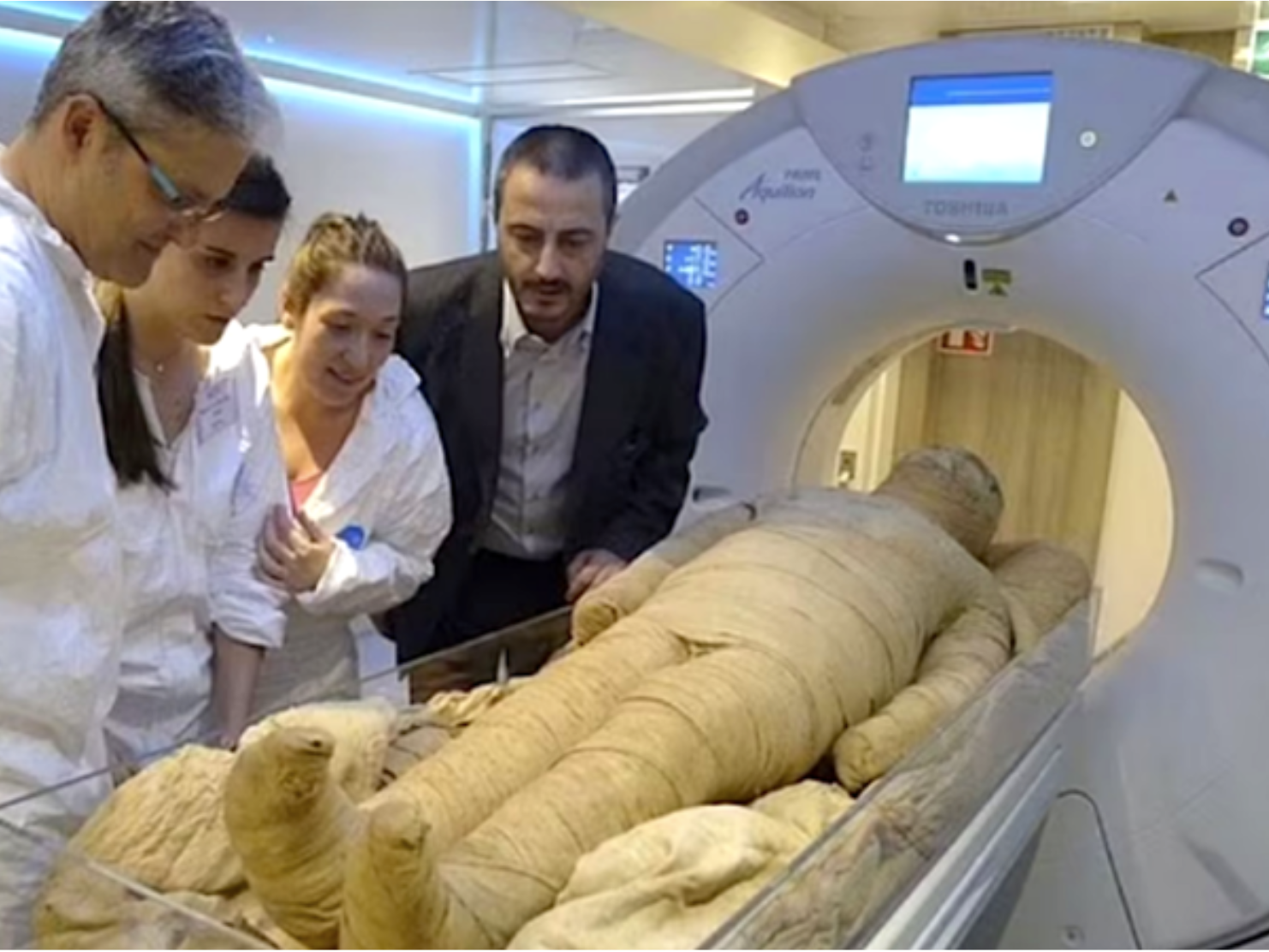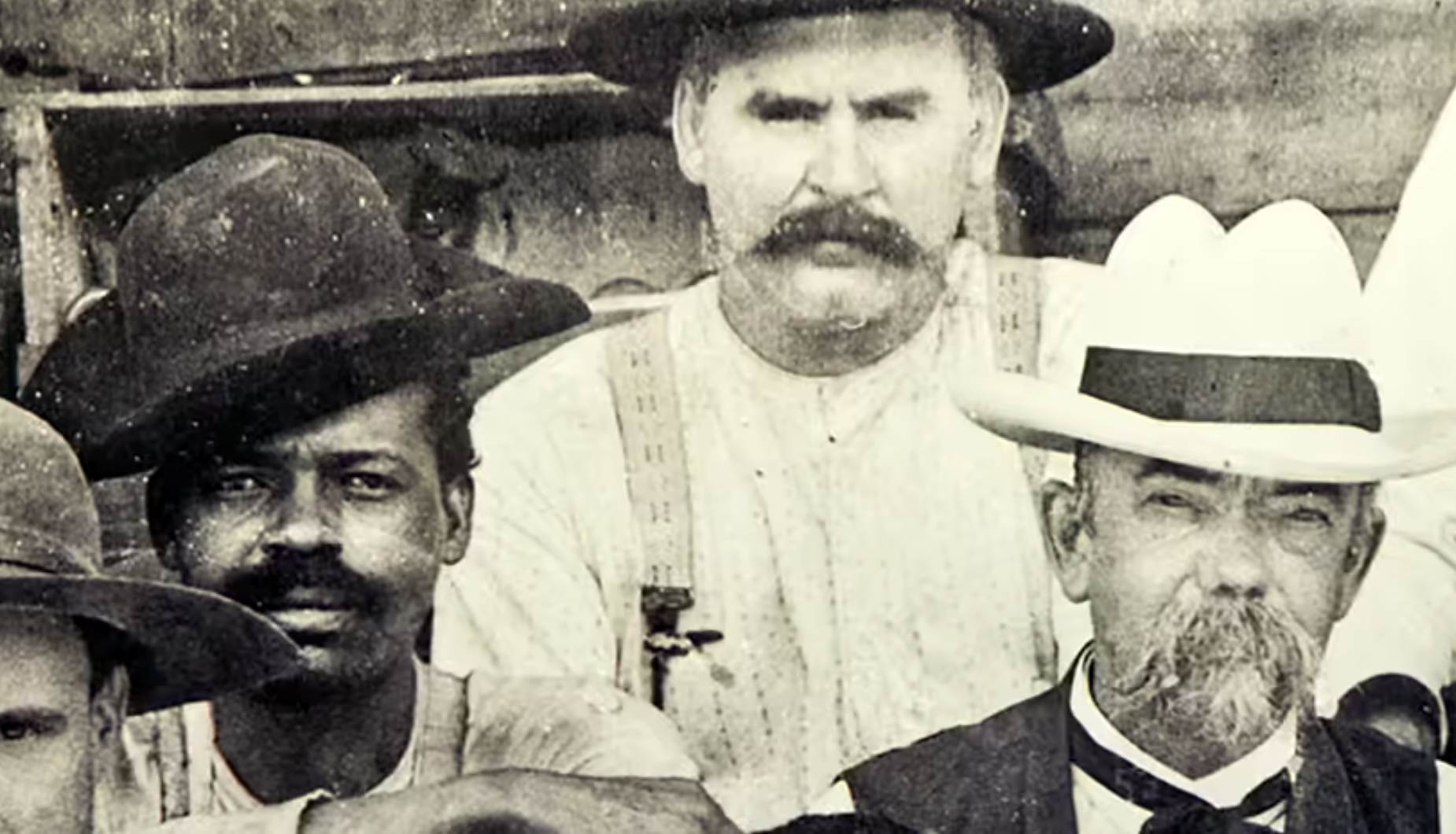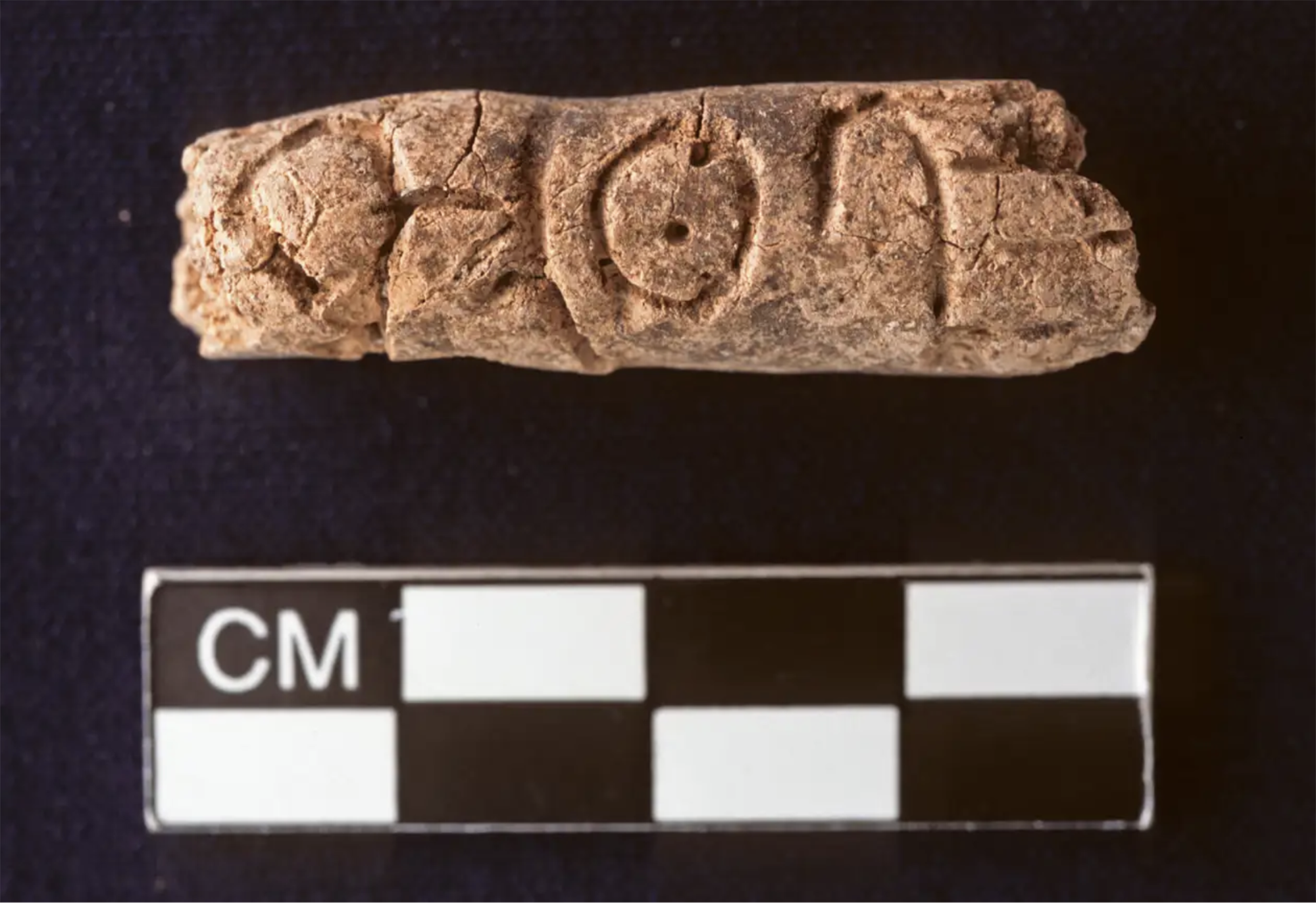Engineering without neolithic hierarchy
- China, about 4,000 years ago. The inhabitants of the walled village of Pingliangtai built a network of ceramic pipes and drainage ditches. At the end of the Holocene, environmental crises in the monsoon area of East Asia were becoming increasingly frequent and serious, and Pingliangtain launched an unprecedented piping system. Recently, a researcher from the University of Beijing has researched the site with the help of researchers from Hohai University, Fudan and London, and published the result in the journal Nature.
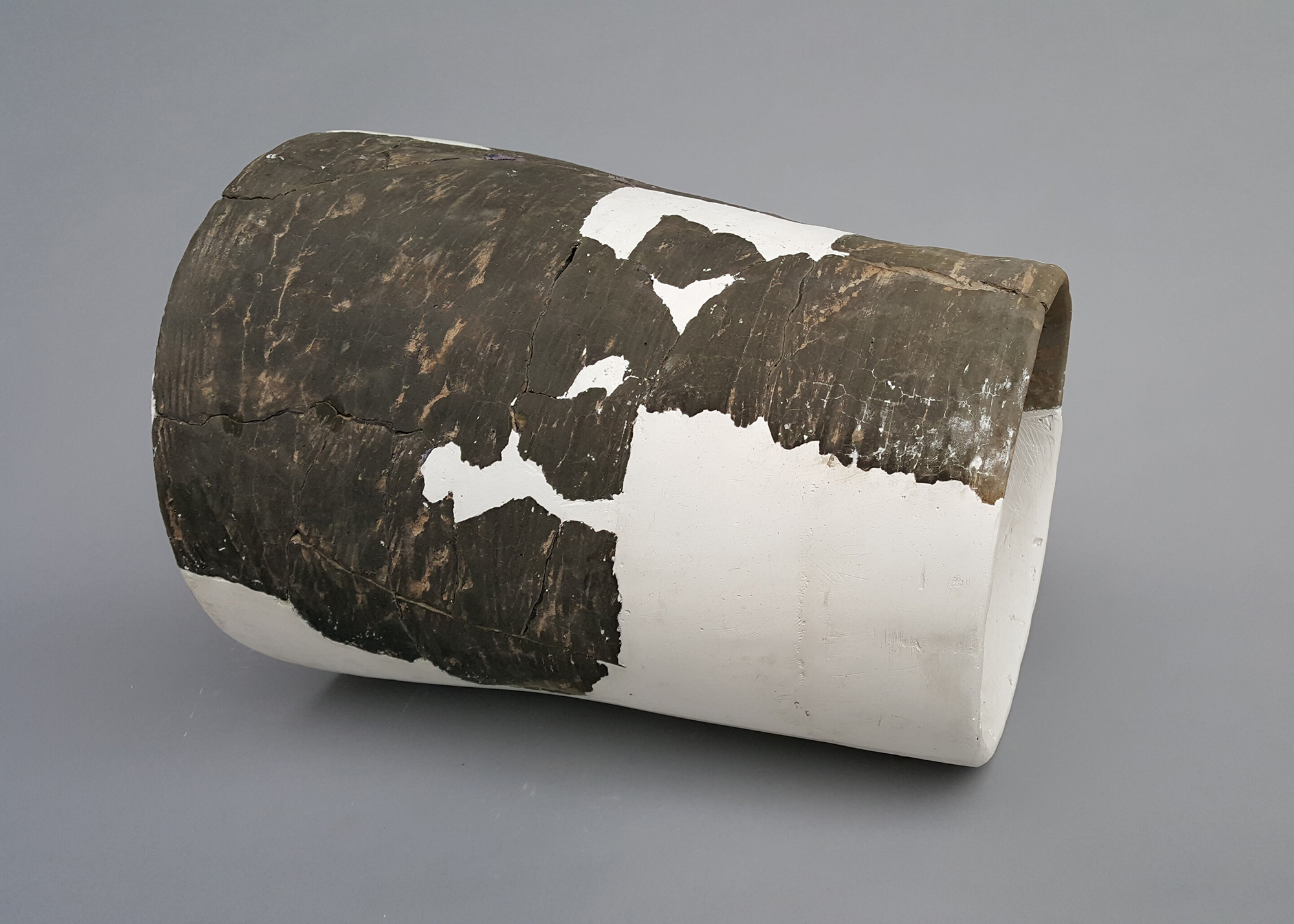
Ceramic pieces have a diameter between 20 and 30 cm and a length between 30 and 40 cm. At one end they are wider to fit and form long tubes. Once the pieces have been investigated, they have been deposited in the site, in its original location, where they will be best preserved. A few ceramic tubes have been rebuilt that have been deposited in various museums in China, such as the photo piece, in order to continue researching and showing it to the public.
Between 4,200 and 3,900 years ago, at a time of increasing flooding, the network of canyons and ceramic ditches for water transportation and drainage, the oldest in China, was able to build and maintain in collaboration and community work. The system required community-wide planning and coordination, but there were no centralized hierarchical structures in Pingliangtain. This shows that “the men of the Neolithic were able to perform complex engineering work without the need for central power, they did everything in a community way,” says archaeologist Yijie Zhuang.
In addition to the pipelines, experts have investigated the traces of the houses of Pingliangtai and have observed that all the houses were quite small and that there were no larger and more luxurious houses than the others highlighted.
In addition to the pipes, experts have investigated the traces of the houses of Pingliangtai and observed that all the houses were quite small and that there were no larger and more luxurious houses than among others. The cemetery has also been excavated, as the population hierarchy stands out in the objects that used to be buried along with the bodies in the graves, and no signs of social inequality have been found. The opposite is true in the fields of the same period. Both houses and tombs indicate that they were hierarchical communities. But these communities were not able to solve the problems posed by climate change.
Therefore, the Pingliangtai pipe shows that for the realization of complex engineering works a centralized power was not necessary. Moreover, a community without obvious imbalances had more capacity to address environmental challenges than a community with more “developed” command modes.
In the Maszycka cave in Poland, remains of 18,000 years ago were found at the end of the 19th century. But recently, human bones have been studied using new technologies and found clear signs of cannibalism.
This is not the first time that a study has reached this conclusion,... [+]
Porzheim, Germany, February 23, 1945. About eight o’clock in the evening, Allied planes began bombing the city with incendiary bombs. The attack caused a terrible massacre in a short time. But what happened in Pforzheim was overshadowed by the Allied bombing of Dresden a few... [+]
Poloniar ikerlari talde batek Sevillako Italica aztarnategiko Txorien Etxea aztertu du, eta eraikinaren zoruko mosaikoak erromatar garaiko hegazti-bilduma xeheena dela ondorioztatu du.
Txorien etxean 33 hegazti daude mosaikoetan xehetasun handiz irudikatuta. Beste... [+]
Judea, 2nd century AD. In the turbulent atmosphere of the Roman province, a trial was held against Gaddaliah and Saul, accused of fraud and tax evasion. The trial was reported on a 133-line paper in Greek (pictured). Thinking that it was a Nabataean document, the papyrus was... [+]
Archaeologists have discovered more than 600 engraved stones at the Vasagård site in Denmark. According to the results of the data, dating back to 4,900 years ago, it is also known that a violent eruption of a volcano occurred in Alaska at that time. The effects of this... [+]
Vietnam, February 7, 1965. The U.S. Air Force first used napalma against the civilian population. It was not the first time that gelatinous gasoline was used. It began to be launched with bombs during World War II and, in Vietnam itself, it was used during the Indochina War in... [+]
Japan, 8th century. In the middle of the Nara Era they began to use the term furoshiki, but until the Edo Era (XVII-XIX. the 20th century) did not spread. Furoshiki is the art of collecting objects in ovens, but its etymology makes its origin clear: furo means bath and shiki... [+]
In an Egyptian mummy of 3,300 years ago, traces of Yersinia pestis, the bacterium that caused the Justinian plague in the 6th century and the Black Plague in the 14th century, have just been found.
Experts until now believed that at that time the plague had spread only in... [+]
Greenland, the end of the 10th century. The first Scandinavian explorers and settlers arrived on the island. But by the 15th century these settlements had been abandoned and the original Inuit remained. But in 1721, the missionary Hans Egede organized an expedition and the... [+]
In 2017, Indonesia and the Netherlands signed an agreement to return the heritage stolen by the European country because of colonialism for three centuries. The Indonesian responsible for the return process, Gusti Agung Wesaka Puja, explained that this agreement "was important in... [+]
Greece 1975. The country began the year as a republic, three weeks earlier, in the referendum on 8 December 1974, after the citizens decided on the end of the monarchy.
A decade earlier, in 1964, when King Paul I died, his son Constantine took the throne at the age of 23.
But... [+]
Copenhagen, 18 December 1974 At 12 noon a ferry arrived at the port, from where a group of about 100 Santa Claus landed. They brought a gigantic geese with them. The idea was to make a kind of “Trojan Goose” and, upon reaching the city, to pull the white beard costumes... [+]
Tennessee (United States), 1820. The slave Nathan Green is born, known as Nearest Uncle or Nearest Uncle. We do not know exactly when he was born and, in general, we have very little data about him until 1863, when he achieved emancipation. We know that in the late 1850s Dan... [+]
New York, 1960. At a UN meeting, Nigeria’s Foreign Minister and UN ambassador Jaja Wachucu slept. Nigeria had just achieved independence on 1 October. Therefore, Wachuku became the first UN representative in Nigeria and had just taken office.
In contradiction to the... [+]
Researchers at Johns Hopkins University have discovered several cylinders with inscriptions at the present Syrian Reservoir, the Tell Umm-el Marra. Experts believe that the signs written in these pieces of clay can be alphabetical.
In the 15th century a. The cylinders have... [+]









